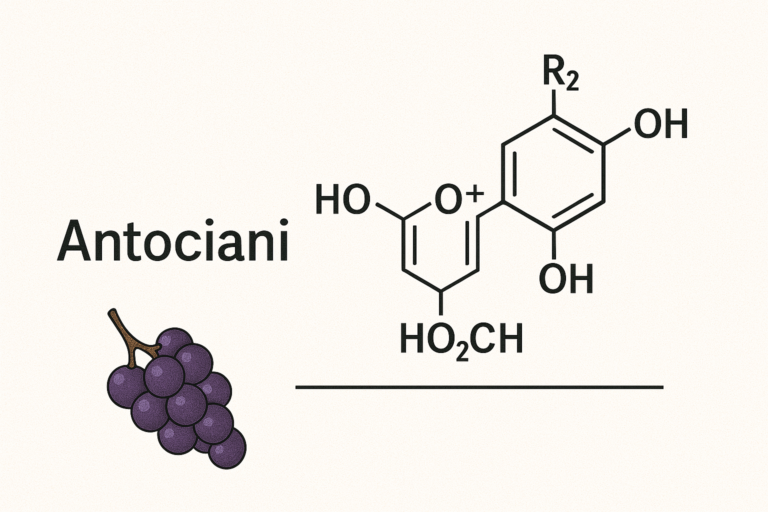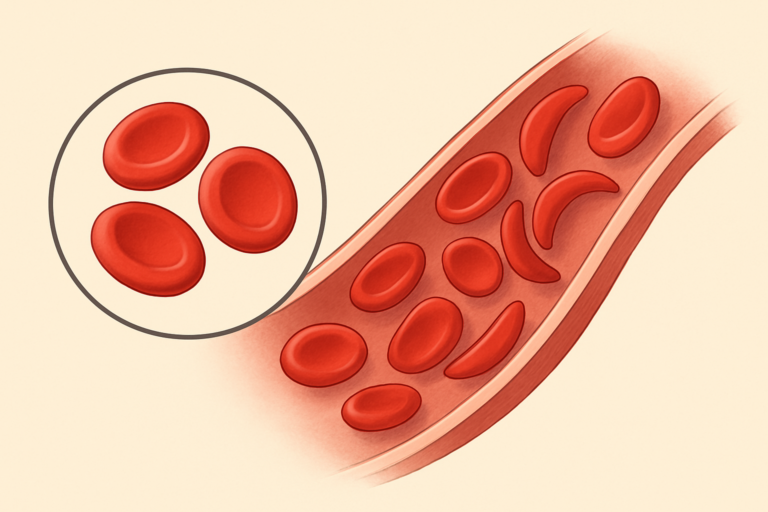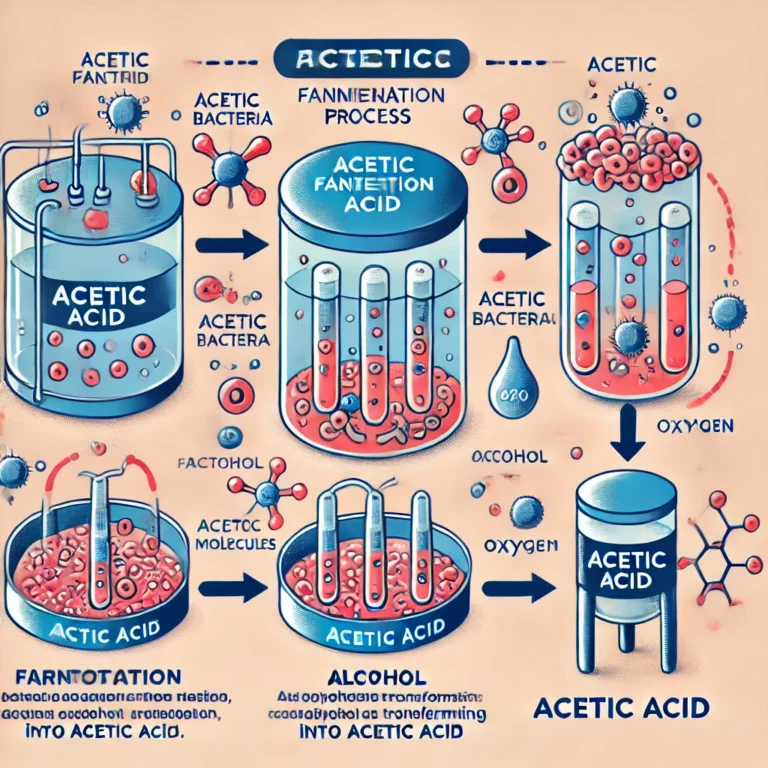Introduction
Food allergies are an adverse immune response to certain foods, often triggered by proteins. The prevalence of food allergies has increased significantly over the past two decades, affecting approximately 5% of adults and 8% of children worldwide (Sicherer & Sampson, 2018).
Mechanisms of Food Allergies
Food allergies are primarily mediated by an immunoglobulin E (IgE) response. When an individual first encounters an allergen, their immune system generates specific IgE antibodies, which bind to mast cells and basophils (Sicherer & Sampson, 2018). On subsequent exposures, these cells release histamine and other inflammatory mediators, resulting in allergic symptoms (Wood, 2003).
Non-IgE mediated food allergies are less understood but involve the immune system’s T cells and non-IgE antibodies, causing delayed reactions that can occur hours or days after food consumption (Nowak-Wegrzyn et al., 2015).
Common Food Allergens
The most common food allergens include milk, eggs, peanuts, tree nuts, fish, shellfish, soy, and wheat, which account for approximately 90% of all food allergies (Sicherer & Sampson, 2018). However, any food protein can potentially trigger an allergic reaction. The severity of reactions can range from mild symptoms such as hives and stomach discomfort to severe anaphylaxis, a life-threatening reaction that requires immediate medical attention.
Diagnosis of Food Allergies
Food allergies are diagnosed through a combination of patient history, skin prick tests, blood tests measuring specific IgE antibodies, and oral food challenges (Sicherer & Sampson, 2018). However, these methods can yield false-positive results, highlighting the need for accurate diagnostic tools (Rona et al., 2007).
Treatment and Prevention
Currently, the primary treatment for food allergies is avoidance of the allergenic food. However, recent advances have shown promise in oral immunotherapy, which involves gradually increasing doses of the allergen to desensitize the immune response (Jones et al., 2017).
Regarding prevention, early introduction of allergenic foods has been shown to reduce the risk of developing food allergies, contradicting previous guidelines that recommended delayed introduction (Perkin et al., 2016; Togias et al., 2017).
Conclusion
Food allergies are a significant public health concern with complex biological underpinnings. While avoidance remains the primary management strategy, research into more effective treatments and prevention strategies offers hope for the future. More comprehensive understanding of the immune mechanisms at play will be crucial in developing these strategies.
References
Jones, S.M et al. (2017). Epicutaneous immunotherapy for the treatment of peanut allergy in children and young adults. Journal of Allergy and Clinical Immunology, 139(4), 1242-1252.
Nowak-Wegrzyn, A. et. al. (2015). Non–IgE-mediated gastrointestinal food allergy. Journal of Allergy and Clinical Immunology, 135(5), 1114-1124.
Perkin, M.R. et al. (2016). Randomized trial of introduction of allergenic foods in breast-fed infants. The New England Journal of Medicine, 374(18), 1733-1743.
Rona, R.J. et al. (2007). The prevalence of food allergy: A meta-analysis. Journal of Allergy and Clinical Immunology, 120(3), 638-646.
Sicherer, S.H. & Sampson, H.A. (2018). Food allergy: A review and update on epidemiology, pathogenesis, diagnosis, prevention, and management. Journal of Allergy and Clinical Immunology, 141(1), 41-58.
Togias, A. et al. (2017). Addendum guidelines for the prevention of peanut allergy in the United States: Report of the National Institute of Allergy and Infectious Diseases–sponsored expert panel. Journal of Allergy and Clinical Immunology, 139(1), 29-44.
Wood, R.A. (2003). The natural history of food allergy. Pediatrics, 111(6 Pt 3), 1631-1637.







